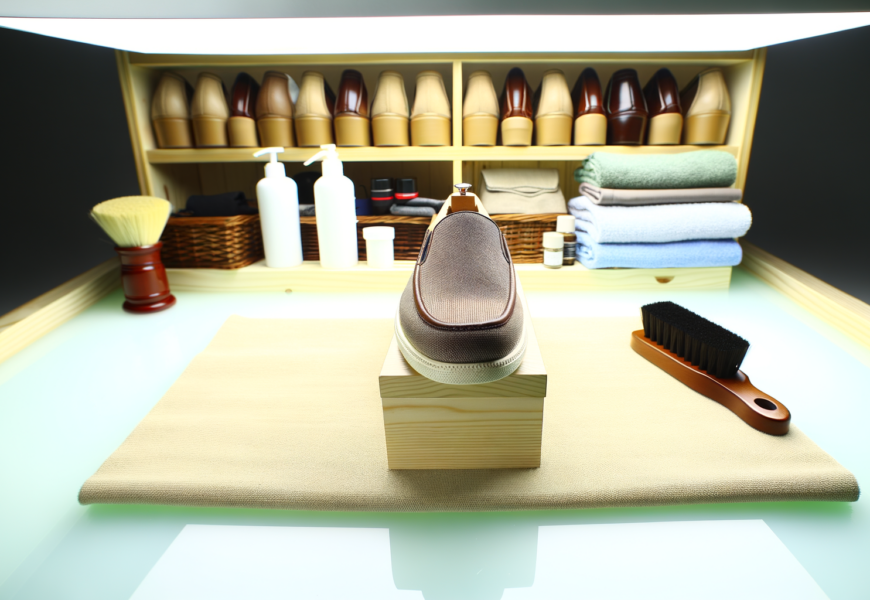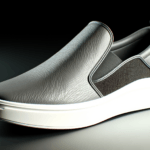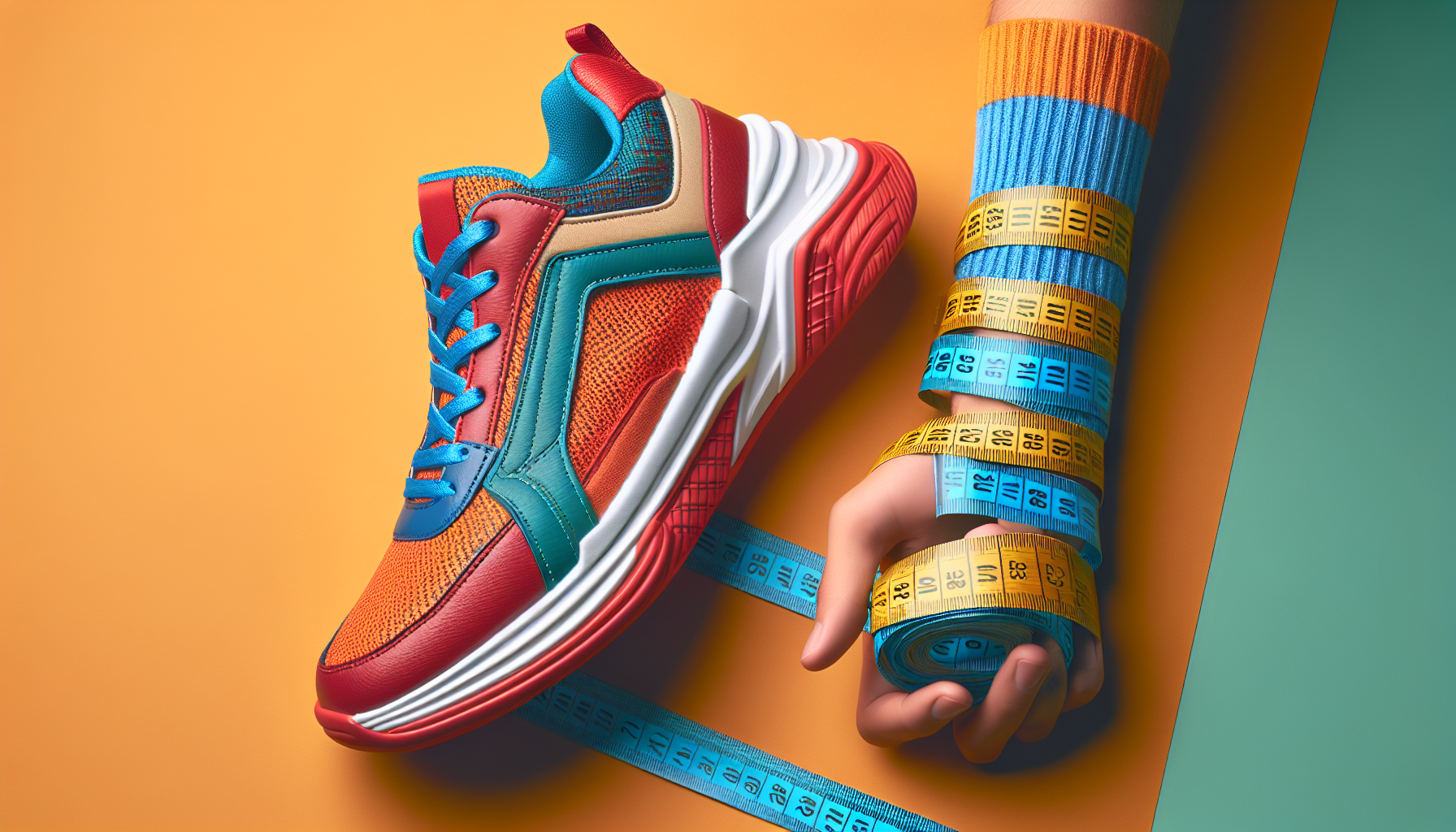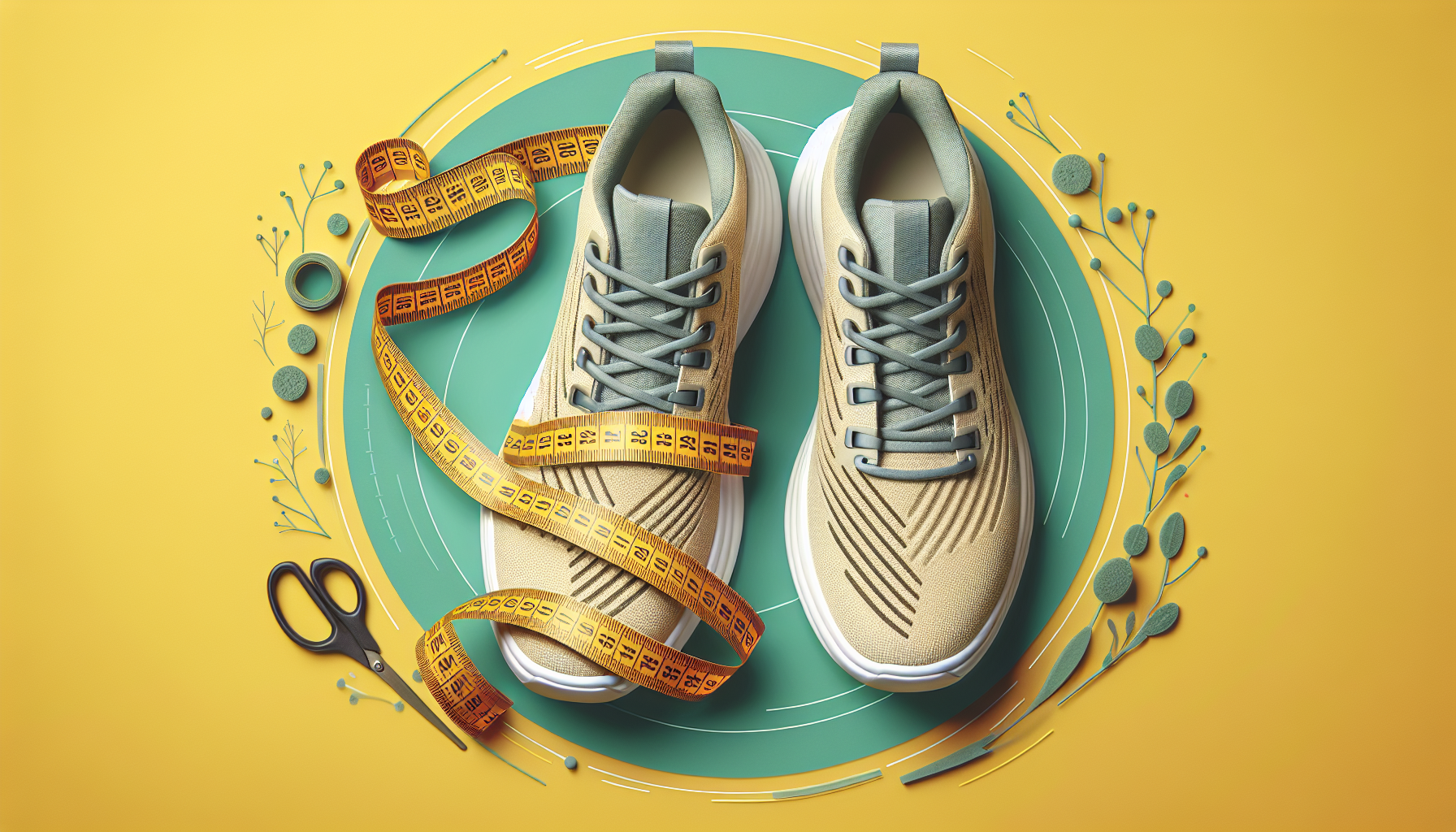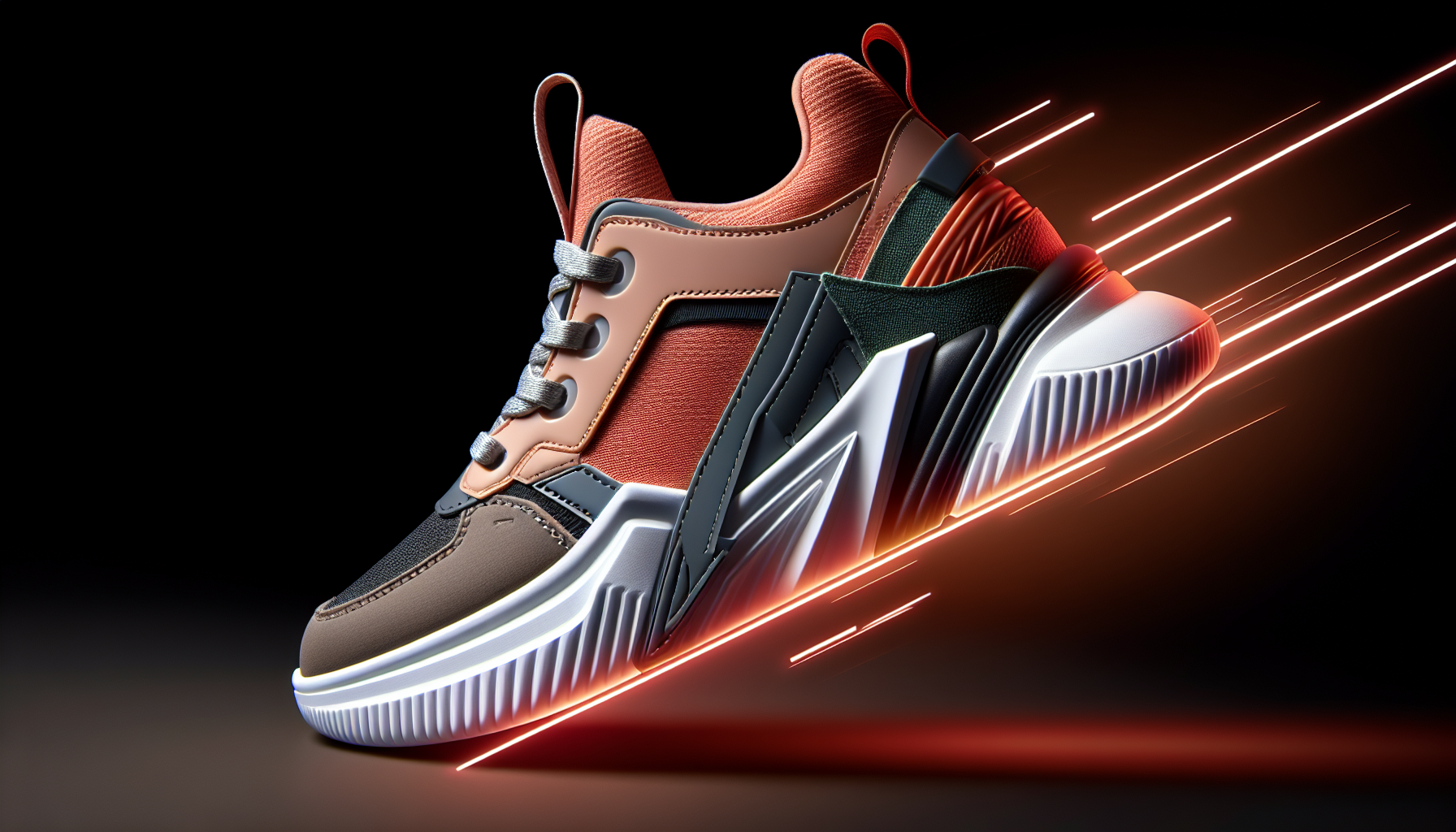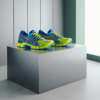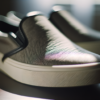In 2024, slip-on shoes continue to reign as a popular choice for their convenience and style. However, to ensure that your slip-on shoes remain in pristine condition, understanding how to maintain them is crucial. This comprehensive guide will walk you through each step to keep your slip-on shoes looking fresh and new all year long. From daily cleaning routines to deep cleaning methods, stain removal techniques, and seasonal maintenance, we've covered everything you need to know.
Understanding Your Slip-on Shoes
Slip-on shoes come in various styles and are made from different materials, each requiring specific care. Knowing the type of slip-on shoe you have is the first step in maintaining them properly.
Types of Slip-on Shoes: Whether your slip-ons are casual canvas, sophisticated leather, or sporty fabric, each type boasts unique characteristics and care needs. Understanding these distinctions helps tailor your maintenance routine effectively.
Materials Used in Slip-on Shoes: Common materials include canvas, leather, and synthetic fabrics. Leather slip-on shoes might require conditioners, while canvas ones often need more frequent cleaning. Synthetic materials, in general, are durable but may not be as breathable.
Common Wear and Tear Issues: Recognizing the typical issues, such as scuffed toes, worn-out insoles, and frayed seams, can help you address them promptly, preventing more significant damage over time.
Daily Cleaning Routines
Implementing a daily shoe maintenance routine can significantly extend the lifespan of your slip-ons. Quick and consistent cleaning helps preserve their appearance and functionality.
Quick Cleaning Techniques: For everyday maintenance, wipe down your shoes with a damp cloth to remove dust and dirt. A soft-bristled brush can help clean out debris from the outsoles.
Recommended Cleaning Products: Mild soap and water are generally safe for most slip-ons, but specific products like leather cleaners or fabric sprays are excellent for targeted care.
Step-by-Step Daily Cleaning Guide:
- Remove loose dirt with a brush or cloth.
- Mix mild soap with water and gently scrub the shoe's surface.
- Rinse with a damp cloth to remove soap residue.
- Allow shoes to air dry completely before wearing.
Deep Cleaning Methods
While daily cleaning helps maintain appearance, deep cleaning is necessary to address ingrained dirt and stains that daily routines can't.
When and How to Deep Clean Your Slip-ons: Perform a deep clean every few months or when visible grime builds up. Make sure to check the care label on your shoes for specific instructions.
Best Deep Cleaning Products: Use products like saddle soap for leather and specialty fabric cleaners for other materials. Avoid harsh chemicals that can damage the shoe's integrity.
Detailed Deep Cleaning Process:
- Begin by removing the insoles and laces.
- Soak a brush in a mixture of cleaning solution and water.
- Scrub the insides and outsides thoroughly.
- Rinse with clean water and pat dry with a towel.
- Allow the shoes to air dry in a well-ventilated area.
Stain Removal Techniques
Accidents happen, and your slip-on shoes will inevitably encounter various stains. Having reliable stain removal methods at your disposal can save your shoes from permanent damage.
Common Stains and Their Solutions: Mud, oil, and ink are frequent culprits. For mud, let it dry before brushing off the excess, then follow up with a soapy water scrub. Oil stains benefit from sprinkling cornstarch to absorb the oil before cleaning, while ink stains often require rubbing alcohol.
Home Remedies vs. Commercial Products: Home remedies, like baking soda for deodorizing and vinegar for spot-cleaning, can be effective. However, commercial stain removers are designed for specific materials and offer targeted solutions.
How to Treat Specific Stains:
Mud: Let it dry, brush it off, and clean with soapy water.
Oil: Apply cornstarch, let it sit, and then proceed with regular cleaning.
Ink: Dab with rubbing alcohol and wash as usual.
Tips for Preventing Damage
Preventive care is key to prolonging the life of your slip-ons. Taking proactive measures can reduce wear and tear, ensuring that your shoes remain in top condition.
Protective Sprays and Coatings: Use a water-repellent spray to create a barrier against moisture and stains. Ensure the product is compatible with your shoe material.
How to Properly Store Your Slip-ons: Store your shoes in a cool, dry place, away from direct sunlight. Use shoe trees to maintain shape and avoid stacking heavy items on top of them.
Best Practices for Wearing and Removing Your Shoes: Avoid kicking off your shoes frequently, as this can damage the heel. Use a shoehorn to slip them on and off without stressing the fabric or seams.
Seasonal Maintenance
Different seasons demand different care approaches. Weather conditions can greatly impact the state of your footwear, making seasonal maintenance an essential practice.
How Weather Affects Your Slip-ons: Wet conditions may lead to mildew, while extreme heat can cause materials to crack or warp. Adjust your care routine based on the specific seasonal challenges.
Seasonal Storage Tips: During off-seasons, clean your slip-ons thoroughly before storing them. Place them in a breathable fabric bag to prevent dust buildup and allow air circulation.
Seasonal Cleaning Processes: Winter requires more waterproofing, while summer might focus on deodorizing. Be mindful of how different seasons affect your shoes and adjust cleaning methods accordingly.
Repair and Upkeep
At times, your slip-on shoes might need more than just cleaning. Knowing when to opt for DIY repairs and when to seek professional help can make a huge difference.
When to Do It Yourself vs. Professional Repair: Minor scuffs and loose threads can be managed at home, but significant tears, sole separations, or extensive wear might require a cobbler's touch.
Basic DIY Repair Tips: Use adhesive to fix loose soles, and leather conditioners for cracked surfaces. A needle and thread can mend small fabric tears.
Finding a Reputable Shoe Repair Service: Search online reviews and ask for recommendations to find a trustworthy shoe repair professional. Opt for services specializing in the type of material your shoe is made of.
Extending the Lifespan of Your Slip-on Shoes
To make the most out of your investment, adopting strategies to extend the lifespan of your slip-ons is essential.
Rotation Strategies: Avoid wearing the same pair daily. Rotate between different pairs to give each one a break and reduce uneven wear.
Using Different Insoles: Custom insoles can offer additional support and comfort, reducing strain on the shoes' structure and prolonging their use.
Regular Maintenance Schedules: Schedule routine checks and cleanings. Regularly inspect your shoes for signs of wear and address issues promptly to prevent worsening conditions.
Maintaining slip-on shoes in 2024 is a blend of daily care, occasional deep cleaning, and preventive measures. By following the tips and techniques outlined in this guide, you can extend the life of your footwear and keep them looking as good as new. Start your maintenance routine today and enjoy stylish and durable slip-on shoes all year round!
Implementing a thorough maintenance routine for your slip-on shoes is not only about aesthetics but also about ensuring that your favorite footwear remains comfortable and supportive over time. Mix and match these strategies, adapting them to your specific needs and shoe types. Engage with us; share your favorite shoe care tips or any additional questions you might have. Let’s keep those slip-ons looking sleek and snazzy together!

